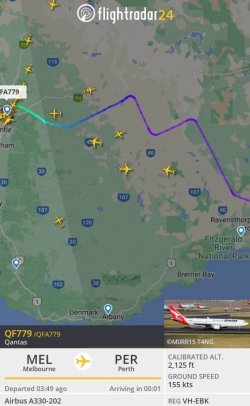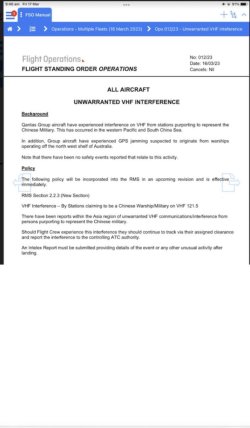jb747
Enthusiast
- Joined
- Mar 9, 2010
- Posts
- 13,159
Historically, lightning was more an inconvenience than anything else. It did little (pretty much zero) harm to legacy aircraft. I’ve been hit numerous times, including one memorable flight to the old HK, where we took about half a dozen strikes whilst trying to get in before the typhoon arrived (landing wasn’t the issue but traffic was holding all over the place). The 767 simply didn’t care.
For some contrast though, this is a 787 hit.

 viewfromthewing.com
viewfromthewing.com
For some contrast though, this is a 787 hit.

Lightning Strike Forcibly Separates Fuselage Of American Airlines 787 - View from the Wing
Photos of damage to the fuselage of an American Airlines Boeing 787-9, registration N839AA, caused by a lightning strike, are spreading through social media. The incident occurred on Monday's Tokyo Narita to Dallas - Fort Worth flight. The plane, originally delivered in October 2018, has been...


















